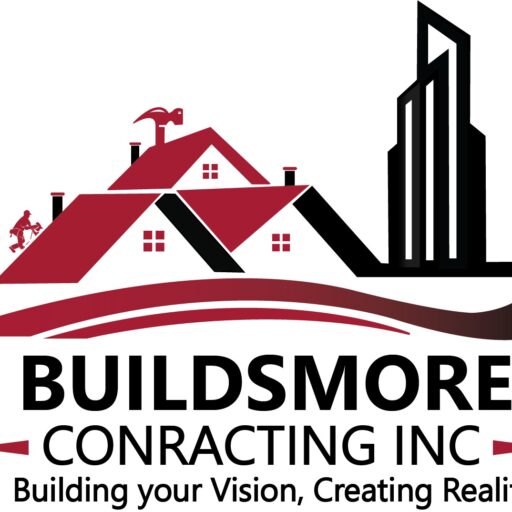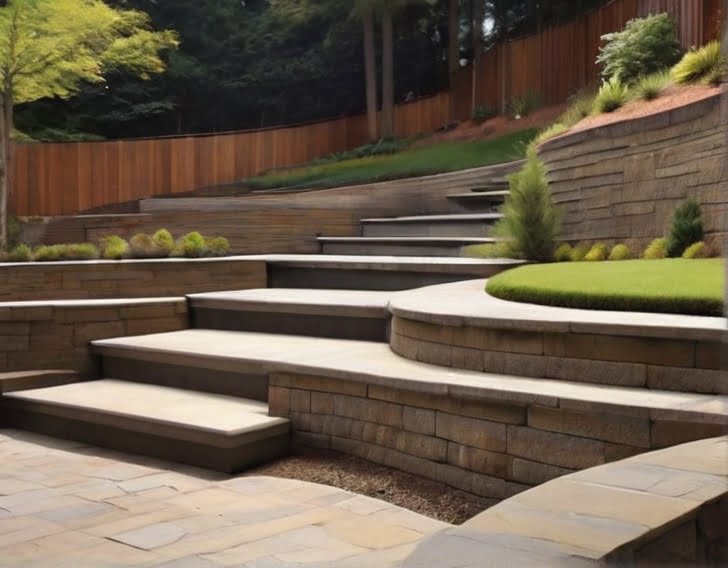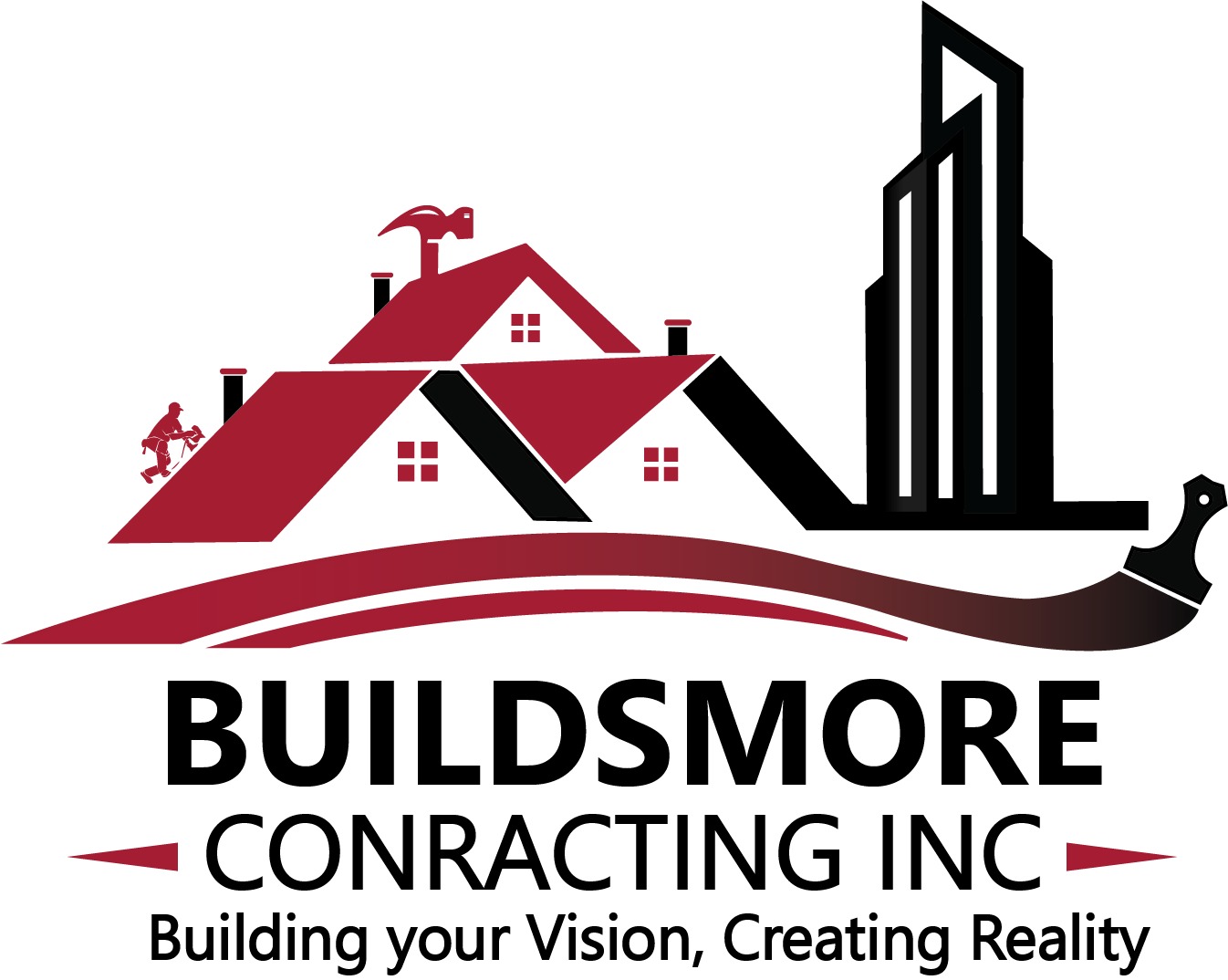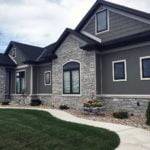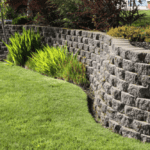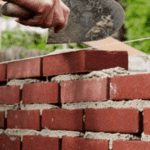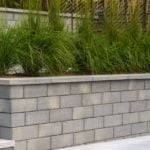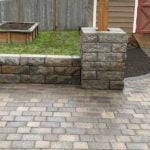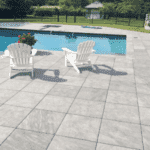The construction and remodeling industry offer a plethora of options for enhancing both the aesthetics and functionality of outdoor spaces. Retaining walls, in particular, play a crucial role in providing support, preventing erosion, and adding a distinctive touch to landscaping projects. In this comprehensive guide, we’ll explore the process of building a Retaining Wall, delve into the four main types, discuss the best choices, explore the strongest options, and examine the materials commonly used behind these walls.
Understanding the Retaining Wall Construction Process
Building a retaining wall requires careful planning and execution. The process involves several key steps to ensure stability and longevity. Here’s a step-by-step guide to constructing a retaining wall:
Site Preparation:
Before commencing the construction, assess the site and determine the layout of the retaining wall. Clear the area of any debris, vegetation, or obstacles that might hinder the construction process.
Excavation:
Dig a trench where the base of the retaining wall will be located. The depth and width of the trench depend on the height and type of wall you’re constructing. Ensure a firm and level base.
Foundation:
Lay a sturdy foundation using gravel or crushed stone. This foundation provides stability and drainage, crucial for the longevity of the retaining wall.
First Course Placement:
Lay the first course of retaining wall blocks or stones in the trench. Ensure level placement, using a level and rubber mallet to adjust as needed.
Backfilling:
Fill the space behind the first course with crushed stone or gravel. This allows for proper drainage and prevents water buildup that can compromise the wall’s integrity.
Additional Courses:
Continue stacking courses of blocks or stones, ensuring each layer is level and securely placed. Use adhesive or interlocking mechanisms to enhance stability.
Compaction:
Compact the backfilled material regularly as you build the wall to prevent settling. This is a crucial step to maintain the structural integrity of the retaining wall.
Drainage Considerations:
Incorporate drainage elements, such as perforated pipes, gravel-filled trenches, or weep holes in the wall, to redirect water away from the structure.
Cap Installation:
Finish the wall by installing caps on the top course. Caps provide a finished look and help protect the wall from the elements.
By following these steps, you can create a durable and visually appealing retaining wall that enhances the overall design of your outdoor space.
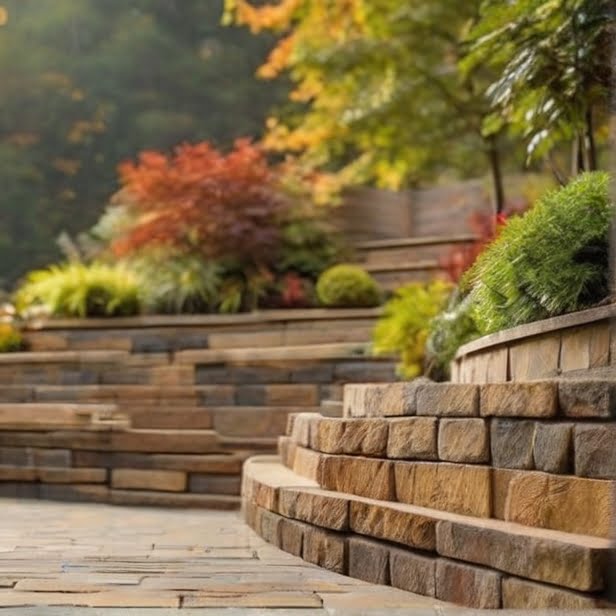
Exploring the Four Types of Retaining Walls
Retaining walls come in various types, each catering to specific needs and preferences. Here are the four main types:
Gravity Retaining Walls:
These walls rely on their weight and mass to resist pressure from the soil behind them. They are suitable for low to medium-height applications and are known for their simplicity and cost-effectiveness.
Cantilever Retaining Walls:
Cantilever walls use a concrete slab foundation and an extended arm, or “stem,” that reaches back into the retained soil. They are suitable for moderate to high walls and offer stability and strength.
Sheet Pile Retaining Walls:
Commonly used in waterfront or marine environments, sheet pile walls consist of interlocking steel, vinyl, or wood panels driven into the ground. They are effective in preventing soil erosion and are often used for temporary structures.
Anchored Retaining Walls:
Anchored walls incorporate additional support through the use of cables or rods anchored into the soil or rock behind the wall. This type is ideal for taller walls and provides enhanced stability.
Determining the Best Type of Retaining Wall
The choice of the best retaining wall type depends on various factors, including the specific requirements of the project, soil conditions, and budget constraints. While gravity walls are suitable for shorter applications, cantilever walls offer a balance of strength and versatility. Sheet pile walls are excellent for waterfront locations, and anchored walls provide the necessary support for taller structures.
To determine the best type for your project, consider factors such as the wall’s height, the soil’s characteristics, drainage requirements, and aesthetic preferences. Consulting with a professional in the construction and remodeling industry can provide valuable insights tailored to your specific needs.
Unveiling the Strongest Retaining Wall Options
Strength is a critical factor when choosing a retaining wall, especially for applications where the wall needs to withstand significant pressure. Among the various types, anchored retaining walls stand out as the strongest option. The incorporation of cables or rods anchored into the soil or rock behind the wall provides additional support, making them suitable for taller structures and challenging soil conditions.
When strength is a primary concern, consulting with an experienced contractor or engineer is essential. They can assess the specific requirements of your project and recommend the most robust retaining wall solution tailored to your needs.
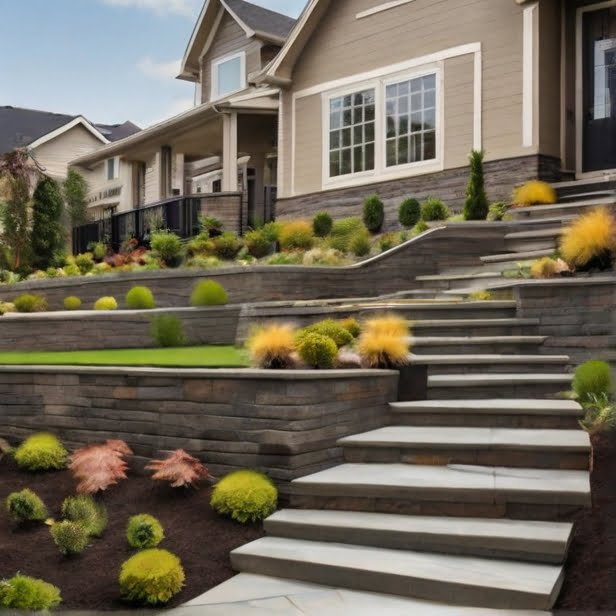
Materials Used Behind Retaining Walls
The material used behind retaining walls, known as backfill, plays a crucial role in ensuring proper drainage and stability. Common materials include:
Crushed Stone or Gravel:
These materials provide excellent drainage and help prevent water buildup behind the retaining wall.
Drainage Pipes:
Perforated drainage pipes are often used to direct water away from the wall, preventing pressure buildup.
Filter Fabric:
Placed between the backfill material and the soil, filter fabric prevents soil particles from clogging drainage elements.
Geogrid:
Geogrid is a reinforcing material that enhances the stability of the soil behind the retaining wall, reducing the risk of erosion.
Choosing the right backfill material depends on the specific requirements of your project, soil conditions, and drainage needs. Consulting with a construction professional can help you make informed decisions that contribute to the longevity and effectiveness of your retaining wall.
Conclusion
In conclusion, retaining walls play a crucial role in the construction and remodeling industry, offering both functional and aesthetic benefits. Understanding the construction process, exploring the different types, determining the best choice, considering strength options, and selecting appropriate backfill materials are key aspects of successfully incorporating retaining walls into your outdoor spaces.
For more detailed information and professional assistance in retaining wall construction, visit BuildsMore Construction and Remodeling. Their expertise and commitment to quality make them a reliable partner in bringing your retaining wall visions to life.
By following these guidelines and seeking expert advice, you can create a retaining wall that not only serves its practical purpose but also enhances the overall beauty and functionality of your outdoor environment.
